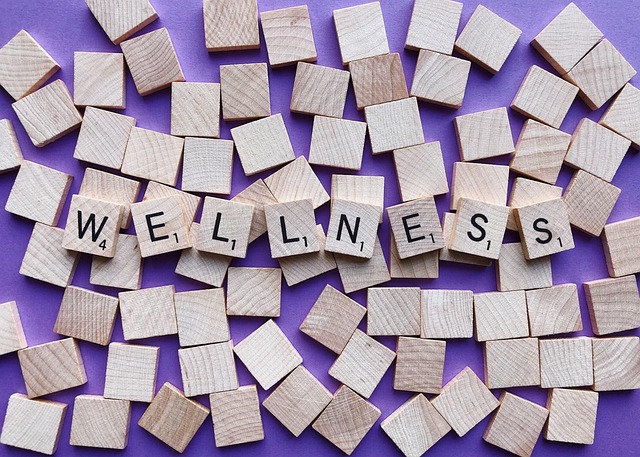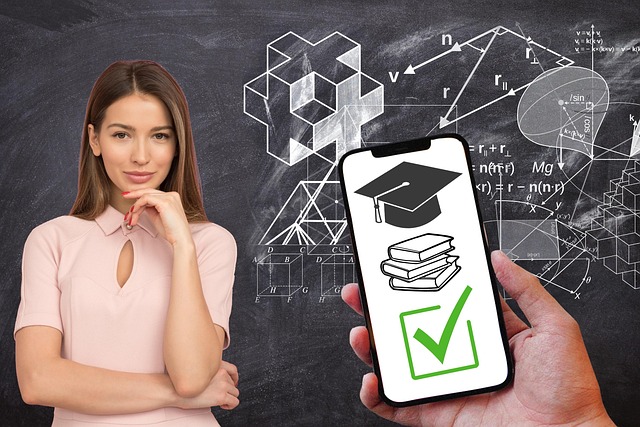In a world that hums with constant notifications, the pursuit of mental clarity has become both a goal and a challenge. Each ping, buzz, and swipe pulls our attention into a digital vortex, fragmenting focus and leaving us feeling scattered. Yet, when we pause, step back, and consciously disconnect, we rediscover a sense of calm that only the present moment can offer. This article explores how a deliberate digital detox can restore mental clarity, foster authentic human connection, and create a healthier balance between technology and life.
The Anatomy of a Disconnected Mind
Modern devices are engineered to capture and hold attention. Algorithms predict what we will engage with next, creating a loop of continuous stimulation. The brain, in response, releases dopamine each time we receive a new cue. While this reward mechanism can be pleasurable, it also erodes the ability to concentrate deeply. Over time, the mind becomes accustomed to constant input, and achieving mental clarity without external stimulation feels like a rare luxury.
- Short bursts of digital activity lead to longer periods of mental fatigue.
- Habitual scrolling reduces the capacity for sustained attention.
- Multitasking across platforms fragments thoughts, making it hard to finish a single task.
Benefits of a Digital Detox
Removing the noise of the digital world can have profound effects on mental clarity. By setting aside dedicated time—whether it’s an hour each evening or a full weekend—you allow the brain to reset. During this reset, you may notice:
“I can sit in silence without feeling the urge to check my phone.” – A common anecdote among those who have experienced a brief digital cleanse.
These moments of stillness cultivate a deeper awareness of your thoughts, feelings, and surroundings, providing the fertile ground from which genuine mental clarity emerges.
Strategies for Effective Digital Detoxification
There are several practical approaches to carving out space for mental clarity, each tailored to different lifestyles and preferences. The key is intentionality: you decide how and why to unplug.
- Device-Free Zones – Designate areas in your home where electronics are not allowed, such as the bedroom or dining room. This physical boundary signals a shift from digital to personal interaction.
- Scheduled Tech Breaks – Allocate specific times during the day when you turn off notifications and step away from screens. Even a 10‑minute pause can help realign focus.
- Mindful Consumption – Before opening an app, ask yourself what purpose it serves. If it doesn’t contribute to a meaningful goal, consider leaving it unopened.
- Nature Integration – Spend time outdoors without a phone in hand. The natural rhythm of the environment can soothe the mind and reinforce a sense of groundedness.
- Reflective Journaling – Record thoughts and emotions in a notebook. This practice shifts the focus from digital interaction to self‑reflection, enhancing mental clarity.
Balancing Work and Well‑Being
For many, work and technology are intertwined. However, achieving mental clarity in the professional realm requires deliberate boundaries. Setting clear start and end times for work, turning off email notifications after hours, and scheduling regular breaks are essential tactics. A brief walk between meetings, for instance, can rejuvenate focus and reinforce a healthy work rhythm.
Companies that prioritize employee digital wellness report higher productivity, lower burnout rates, and stronger team cohesion. Encouraging employees to take breaks from screens not only fosters mental clarity but also promotes genuine human connection within the workplace.
Reclaiming Human Connection
Technology offers convenience, but it can also create distance. When we replace face‑to‑face conversations with text or video calls, the depth of interaction often diminishes. By stepping away from screens, we rediscover the richness of direct human engagement: the warmth of a hug, the nuance of body language, and the subtle cues that digital mediums cannot fully capture.
Rebuilding these connections can be a catalyst for mental clarity. When you listen deeply to another person, your mind clears from its habitual chatter, allowing you to process emotions more effectively. In turn, this leads to more authentic interactions and a stronger sense of belonging.
Practical Ways to Foster Real Interaction
- Organize regular family dinners without screens.
- Join community groups or clubs that focus on shared interests.
- Volunteer for local causes; the shared mission builds camaraderie.
- Practice active listening—maintain eye contact, nod, and ask open‑ended questions.
- Send handwritten notes or letters to express appreciation.
These gestures reinforce a sense of connection that goes beyond digital touchpoints, strengthening mental clarity by anchoring you in the present.
Maintaining the Momentum: Long‑Term Digital Discipline
Once you experience the benefits of a digital detox, the next challenge is sustaining it. The allure of the latest app or gadget can be hard to resist. To maintain momentum, consider the following long‑term strategies:
- Set measurable goals, such as reducing screen time by 30 minutes each week.
- Use built‑in device features that track usage and offer reminders.
- Establish a “tech‑free” day once a month to reset habits.
- Engage in new hobbies that don’t involve screens, like painting, cooking, or hiking.
- Reflect periodically on how digital habits affect your mental clarity and adjust accordingly.
By integrating these practices into daily life, the balance between technology and personal well‑being becomes a natural rhythm rather than a rigid rule.
Conclusion: A Path Back to Mental Clarity
The modern landscape of constant connectivity challenges our capacity for mental clarity and authentic human connection. Yet, by embracing intentional digital detox practices, we reclaim our attention, nurture meaningful relationships, and create space for deeper reflection. Technology need not be a foe; it can be a tool used mindfully to support, not dominate, our lives. The journey toward mental clarity begins with a single step—turning off the device, looking up, and listening to the world around us. Once we do, we find that the quiet moments between notifications are where true insight and connection reside.




